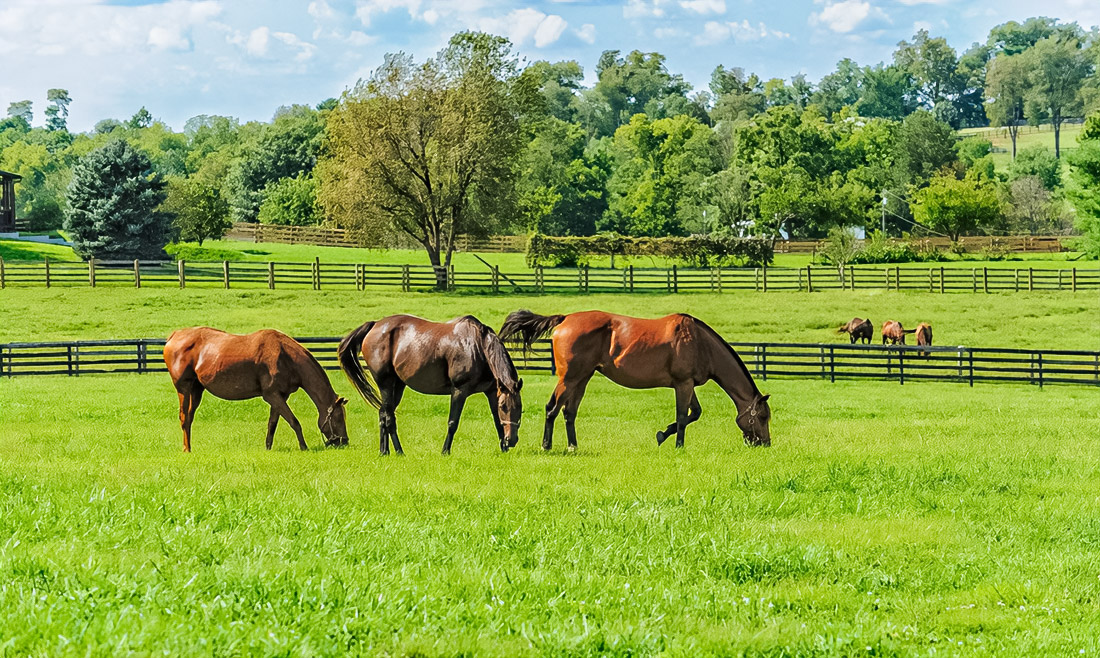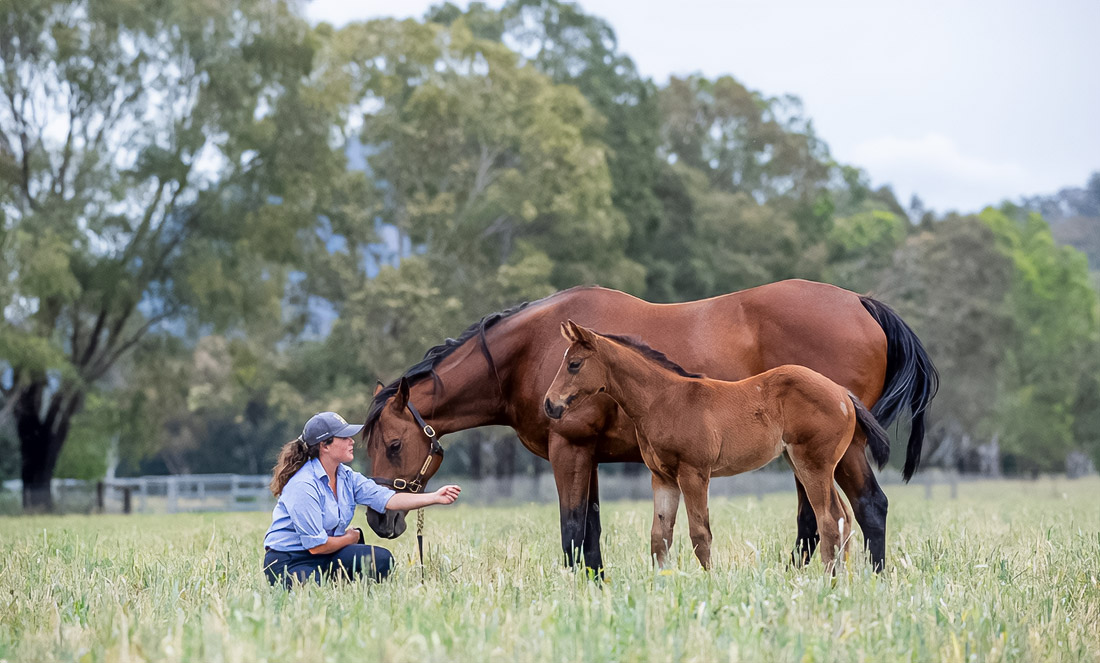In the world of sports competitions, race and showjumping horses occupy a special place thanks to their unique abilities and partnership with humans. Ration feeding — this is one of the key elements influencing the health and productivity of horses. Important to note that quality equine feed in Dubai plays a significant role in achieving excellent results. The significance of analysis of feeds goes beyond simple assessment of nutrients, providing specific tuning of rations for the achievement of the best sports results.
Page Content
Unparalleled Importance of Analysis of Feeds in Modern Equestrian Sport

In-Depth Look at Analysis of Feeds and Its Key Role
Under analysis of feeds, I understood a detailed assessment of the content of proteins, fats, carbohydrates, vitamins, and minerals in the composition of rations of sport horses. Analysis allows for the identification of potentially harmful substances and to determine which exact components are necessary for maintaining a high level of energy. For optimization of the ratio of sport horses, an individual approach was applied, which is especially important for maintaining their physical activity and health. More about nutrients can learn on Britannica.
Art of Creating Balanced Rations: From Theory to Practice
Formation of balanced ration — key to health and successful career of a horse. On the basis of analysis of feeds, one can accurately determine which ingredients should be included in the ration and in what exact quantities. For example, for horses, sprinters require an increased content of carbohydrates, whereas for longer distances, protein plays a key role in maintaining muscles.
Dangers and Impact of Improper Feeding
- Shortage of calcium leads to fragility of bones and injuries.
- Excess of proteins can overload kidneys and disrupt digestion.
- Deficiency of iron reduces endurance and general tone.
Analysis of feeds prevents imbalance, optimizing the content of all necessary elements and maintaining the horse in optimal shape. Learn more about significance of calcium on Wikipedia.
Step-by-Step Guide: How to Conduct Complete Analysis of Feeds
- Collection of Samples: Start with a thorough selection of samples of all feeds, including hay and grain mixes.
- Choice of Laboratory: Determine with an accredited laboratory, specializing in the analysis of animal nutrition.
- Conducting Analysis: Laboratory will analyze samples, indicating the content of all necessary substances.
- Interpretation of Data: Evaluate results in accordance with physical loads and needs of your horse.
- Adjustment of Ration: Make changes so that the ration corresponds to the individual needs of the horse.
Innovative Technologies in Analysis of Feeds: Path to Perfection
Modern technologies provide new opportunities for more accurate analysis of feeds. Chromatography and spectrometry allow for the obtaining of detailed information about the composition of feeds, which helps in the precise tuning of rations. Such methods guarantee that each component of ration is chosen with consideration of the current needs of the horse.
Strategies for Implementation of Constant Analysis of Feeds
Regularly conducting analyses of feeds should become a standard procedure for all horse owners and trainers. This allows for the timely identification of potential problems and the adjustment of the ratio. Practice shows that conducting analysis twice a year can significantly enhance the physical shape and general level of health of the horse.
Inspiring Examples of Successful Research and Cases
Research shows that horses, the ration of which was thoroughly corrected based on analysis of feeds, demonstrate an average improvement of indicators by 15%. Horses become more enduring and faster, which underscores the necessity of the integration of the scientific approach in the practice of feeding.
Regular analysis of feeds — this mandatory element of strategic management of health and sports achievements of horses. It contributes to creation of ration, which maximally accurately meets individual needs, preventing possible problems due to deficiency or excess of nutrition and ultimately improving results. This key to overcoming new heights in equestrian sport.
An experienced businessman. Traveler and philanthropist. A blogger with experience of interaction.
